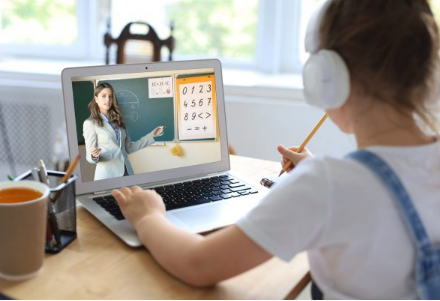Video-based learning has become an increasingly effective and popular tool in modern education, offering a flexible and engaging way to acquire knowledge. Whether used in classrooms, corporate training, or online platforms, video lessons enhance understanding and retention through dynamic visual and auditory content. This method supports various learning styles and meets the evolving needs of today’s learners.
Engages Multiple Learning Styles
One of the key benefits of video-based learning is its ability to engage diverse learners. Videos combine visual cues, spoken explanations, text, animations, and sometimes even interactive elements. This multi-sensory approach appeals to visual and auditory learners, making complex information more accessible and easier to understand. It also aids kinesthetic learners when paired with hands-on activities or demonstrations.
Encourages Self-Paced Study
Learners can control the pace of their education when using video content. Unlike traditional lectures, videos can be paused, replayed, or fast-forwarded based on individual needs. This autonomy supports deeper comprehension and allows learners to revisit difficult topics as needed. As a result, video-based learning empowers students to take responsibility for their own learning journey.
Improves Retention and Recall
Studies have shown that people remember information more effectively when it’s presented visually. With videos, learners are more likely to retain information compared to reading alone. The combination of narrative and imagery creates a stronger cognitive impact, reinforcing memory and improving long-term understanding.
Accessible Anytime, Anywhere
Video content removes geographical and time barriers. Students, professionals, and lifelong learners can access lessons from any location, using devices such as laptops, tablets, or smartphones. This flexibility is particularly valuable for remote learners and individuals with limited access to in-person education or training.
Supports Consistent and Scalable Instruction
Instructors and institutions benefit from video-based learning because it ensures consistency in the delivery of content. Instead of repeating the same lecture for different groups, educators can create a single high-quality video lesson that can be reused and distributed widely. This approach enhances scalability and maintains uniform educational standards.
Boosts Learner Engagement
Videos can incorporate storytelling, animation, and real-life examples to make content more relatable and interesting. This format often captures and holds attention better than text-heavy materials. Enhanced engagement can lead to better participation, especially among younger or less motivated learners.
Complements Traditional Teaching
Video-based learning doesn’t have to replace traditional methods; it can enhance them. Blended learning environments that combine face-to-face instruction with digital resources tend to offer more well-rounded educational experiences. Videos can be used for pre-class preparation, post-class review, or as supplementary material to reinforce lessons.
Environmentally Friendly and Cost-Effective
Digital videos reduce the need for physical materials and travel, offering a more sustainable learning model. Schools and businesses can also save on printing, logistics, and instructor time by incorporating video-based training or lessons.
Conclusion
Video-based learning offers numerous advantages, from improved accessibility and retention to flexible pacing and cost efficiency. As education continues to evolve, integrating video content into learning environments can enrich the experience for students and educators alike. By embracing this modern method, institutions can foster more inclusive, engaging, and effective learning opportunities.














